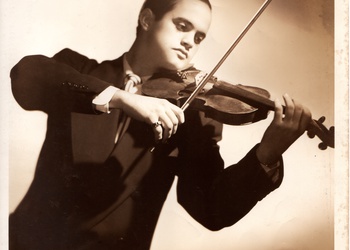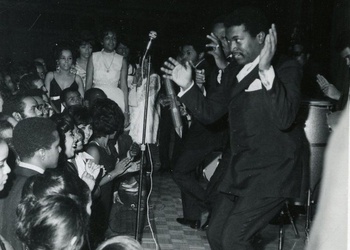Genre Guide
Describes the theoretical and historical aspects of key Dominican musical types: Merengue, Bachata, Afro-Dominican, and Dominican Classical.
-
Afro-Dominican Music
Dominican music developed through the process of syncretism, or the fusion of African and European influences. The most explicitly African-influenced Dominican musical types are those linked to African-based religious traditions. Thriving in rural contexts, Afro-Dominican genres are also practiced in urban centers, as well as in Dominican communities outside of the Dominican Republic.
During the colonial period, many enslaved Africans in La Española successfully rebelled and ran away, establishing autonomous communities. These communities were called palenques or manieles and their …
-
Bachata
In most Latin American dictionaries, bachata is defined loosely as revelry or a spree, but in the Dominican Republic, bachata has come to be a popular guitar-based music that emerged from the countryside and urban shantytowns in the early 1960s. Early bachata was influenced by a diverse set of Latin American genres including Cuban bolero and son, Puerto Rican jíbaro music, Mexican corrido and ranchera, Colombian vals campesino and pasillo, and Dominican merengue.[1] Some bachatas, in fact, are basically …
-
Western Classical Music
The term classical music usually refers to Western concert and sacred music dating from medieval times to the present. Originally developing in the royal and princely courts of the nobility, classical music gained popularity among the middle classes starting in the nineteenth century. Dominicans have contributed to the development of Western classical music both as composers and performers. Significant Dominican composers active in the early 20th century, such as Juan Francisco García (1892-1974), Esteban Peña Morell (1894-1939), and Julio Alberto …
-
Merengue
Merengue is a Dominican dance music form usually quite fast in tempo, and employing relatively simple melodies. It has been performed in the United States since at least the first two decades of the 20th century. The genre originally developed in the mid nineteenth century from the blending, or syncretism, of European and African elements.[1] Although regional variants of merengue, such as pri-pri and merengue de atabales, are found in various regions of the Dominican Republic, the best-known typical …



